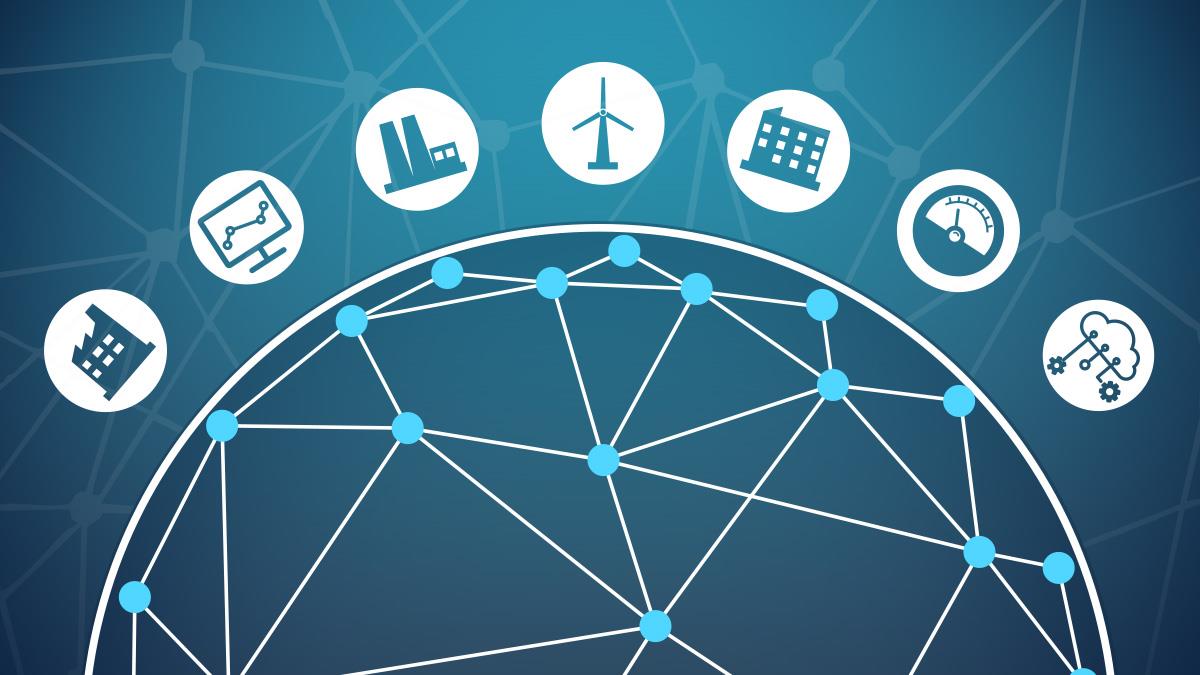Dipping Your Toe Into IIoT: How to Do It Right

Unplanned downtime has been the nemesis of manufacturing since the very beginning. Now, with the push toward a smarter, more connected Industry 4.0, condition monitoring — tracking things like vibration and temperature to catch problems early — is quickly becoming one of the biggest game-changers. But as this technology becomes more and more commonplace, it’s more important than ever to have a solid strategy for making sure your investment actually pays off.
IIoT Condition Monitoring – A Closer Look
The Industrial Internet of Things (IIoT) is basically the industrial world’s version of the smart home — except instead of toasters and thermostats, we're talking about hydraulic power units, robotic arms, and entire production lines. IIoT connects physical equipment through sensors, software, and networking so data can be collected, shared, and analyzed remotely.
When it comes to condition monitoring, IIoT-enabled sensors track critical parameters like pressure, temperature, and flow rates. Instead of sending someone out with a clipboard once a month, these smart devices deliver real-time updates straight to whoever needs them — whether that’s a technician on the floor or a manager halfway across the world. They also store data to build trendlines over hours, days, months, or even years, helping teams spot subtle changes before they snowball into full-blown breakdowns.
While just having immediate, real-world data is a huge step up from reactive maintenance practices of the past, the real magic happens when condition monitoring evolves into predictive maintenance. Thanks to machine learning, systems can start recognizing patterns across multiple devices, alerting you when something’s drifting toward failure — long before it actually happens. That heads-up gives maintenance teams the breathing room they need to schedule repairs around production demands instead of scrambling in crisis mode.
Turning Big Data Into Smart Data
Of course, getting buried under mountains of sensor data is a real risk. Manufacturers have known for years that their equipment was sitting on valuable data — the hard part has been getting that data out, and making sense of it once it’s in hand.
Even a single IIoT sensor can generate values every fraction of a second, which adds up fast. To avoid drowning in information overload, it’s smart to start with simple, high-value metrics for your first deployments — something you can easily compare plant-wide without needing a data science degree.
Take this example: tracking volumetric efficiency through the case drain of a hydraulic pump. It’s a clear, leading indicator of pump health. If your target efficiency is 85%, and a particular pump drops to 82%, you know you have an issue — and you can set up alarms to flag it.
This one simple data point can ripple through your organization:
- Operations might want to see how that pump stacks up against others on the floor.
- Maintenance teams can jump into troubleshooting and track if their fixes move the needle.
- Management could use the info to prioritize upgrades or replacements.
- Even vendors or OEMs could stay looped in for faster warranty or service response.
Setting Up Your Pilot the Smart Way
The key to a successful IIoT pilot isn’t just throwing sensors everywhere and hoping for the best. It starts with good assumptions about real-world pain points you’re trying to solve.
Say you believe a certain set of hydraulic pumps is wearing out faster than others. Your hypothesis could be that lower efficiency readings correlate to more frequent failures. If that’s true, proving it with live data can drive a business case for upgrades, preventive maintenance adjustments, or operational changes that could save real money.
Before diving in, though, there are a few things to think through:
- Small Team, Big Impact: Build a tight pilot team to manage the rollout. Keep it nimble.
- Check the Environment: Make sure you know what you're working with — thick walls, underground installs, or faraday cages can kill wireless signals before you even start.
- Bring IT In Early: Nothing derails an IIoT project faster than hitting a wall with your IT department. Most IIoT devices have to pass strict network security checks, and unless you loop IT in early, you’ll probably get a flat “no” when it’s time to connect.
Also, be clear about how the devices will connect: Wi-Fi, Bluetooth, cellular, wired Ethernet, PLC tie-ins — or newer options like narrowband IoT (NB-IoT) — each have their own pros, cons, and costs. Choose what fits your setup and security needs best.
| Connection Type | Speed | Range | Security | Cost |
|---|---|---|---|---|
| Bluetooth | Low | Short | Medium | Low |
| Wifi | High | Medium | High | Medium |
| Cellular | Medium | Wide | High | High |
| Ethernet | High | Limited | Very High | Medium |
| NB-IoT | Low | Wide | High | Low |
Speeding Toward Validation (and ROI)
Once your devices are up and running, the goal is to validate your assumptions as fast as possible. That means keeping a close eye on the pilot, troubleshooting issues quickly, and documenting the results. Fortunately, today’s IIoT sensor landscape moves fast — pilots can sometimes generate usable insights in just a few weeks.
In the bigger picture, connected condition monitoring is becoming a must-have. As manufacturing pushes deeper into Industry 4.0, IIoT will be a cornerstone of how facilities stay competitive — slashing downtime, reducing maintenance costs, and giving organizations a real edge.
Starting simple — with clear data points, a smart plan, and the right team — is the best way to unlock the full value of IIoT-enabled condition monitoring.